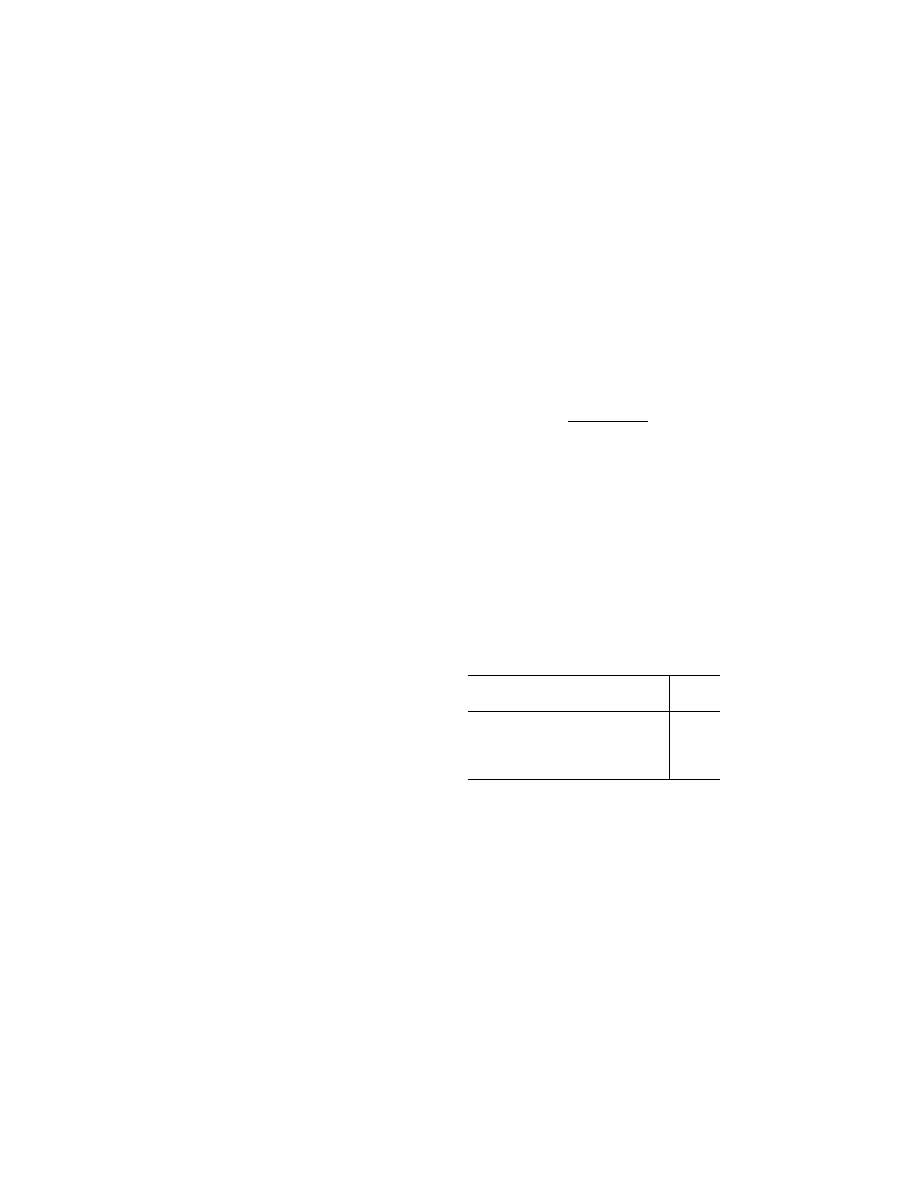
353
Federal Aviation Administration, DOT
§ 25.1403
§ 25.1399
Riding light.
(a) Each riding (anchor) light re-
quired for a seaplane or amphibian
must be installed so that it can—
(1) Show a white light for at least 2
nautical miles at night under clear at-
mospheric conditions; and
(2) Show the maximum unbroken
light practicable when the airplane is
moored or drifting on the water.
(b) Externally hung lights may be
used.
§ 25.1401
Anticollision light system.
(a)
General.
The airplane must have
an anticollision light system that—
(1) Consists of one or more approved
anticollision lights located so that
their light will not impair the crew’s
vision or detract from the conspicuity
of the position lights; and
(2) Meets the requirements of para-
graphs (b) through (f) of this section.
(b)
Field of coverage.
The system must
consist of enough lights to illuminate
the vital areas around the airplane
considering the physical configuration
and flight characteristics of the air-
plane. The field of coverage must ex-
tend in each direction within at least
75 degrees above and 75 degrees below
the horizontal plane of the airplane,
except that a solid angle or angles of
obstructed visibility totaling not more
than 0.03 steradians is allowable within
a solid angle equal to 0.15 steradians
centered about the longitudinal axis in
the rearward direction.
(c)
Flashing characteristics.
The ar-
rangement of the system, that is, the
number of light sources, beam width,
speed of rotation, and other character-
istics, must give an effective flash fre-
quency of not less than 40, nor more
than 100 cycles per minute. The effec-
tive flash frequency is the frequency at
which the airplane’s complete anti-
collision light system is observed from
a distance, and applies to each sector
of light including any overlaps that
exist when the system consists of more
than one light source. In overlaps,
flash frequencies may exceed 100, but
not 180 cycles per minute.
(d)
Color.
Each anticollision light
must be either aviation red or aviation
white and must meet the applicable re-
quirements of § 25.1397.
(e)
Light intensity.
The minimum
light intensities in all vertical planes,
measured with the red filter (if used)
and expressed in terms of ‘‘effective’’
intensities, must meet the require-
ments of paragraph (f) of this section.
The following relation must be as-
sumed:
I
I(t)dt
t
t
e
t
t
2
1
1
2
=
+
−
(
)
∫
0 2
.
where:
I
e = effective intensity (candles).
I(t)
= instantaneous intensity as a function
of time.
t
2
—t
1
= flash time interval (seconds).
Normally, the maximum value of effec-
tive intensity is obtained when
t
2
and
t
1
are chosen so that the effective inten-
sity is equal to the instantaneous in-
tensity at
t
2
and
t
1
.
(f)
Minimum effective intensities for
anticollision lights.
Each anticollision
light effective intensity must equal or
exceed the applicable values in the fol-
lowing table.
Angle above or below the horizontal plane
Effective
intensity
(candles)
0
°
to 5
°
................................................................
400
5
°
to 10
°
..............................................................
240
10
°
to 20
°
............................................................
80
20
°
to 30
°
............................................................
40
30
°
to 75
°
............................................................
20
[Doc. No. 5066, 29 FR 18291, Dec. 24, 1964, as
amended by Amdt. 25–27, 36 FR 12972, July 10,
1971; Amdt. 25–41, 42 FR 36970, July 18, 1977]
§ 25.1403
Wing icing detection lights.
Unless operations at night in known
or forecast icing conditions are prohib-
ited by an operating limitation, a
means must be provided for illu-
minating or otherwise determining the
formation of ice on the parts of the
wings that are critical from the stand-
point of ice accumulation. Any illu-
mination that is used must be of a type
that will not cause glare or reflection
that would handicap crewmembers in
the performance of their duties.
[Amdt. 25–38, 41 FR 55468, Dec. 20, 1976]
VerDate Sep<11>2014
12:50 Apr 30, 2019
Jkt 247046
PO 00000
Frm 00363
Fmt 8010
Sfmt 8010
Y:\SGML\247046.XXX
247046
EC28SE91.049</MATH>
spaschal on DSK3GDR082PROD with CFR